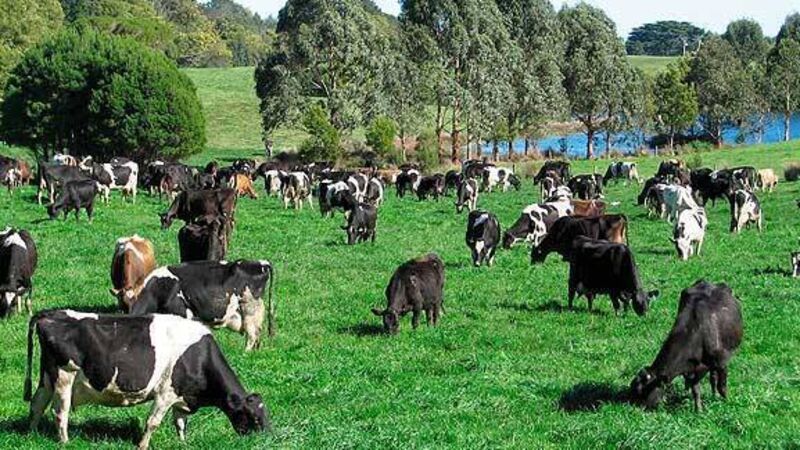Teagasc advice: Avoiding poaching is high on October checklist

Heavier stock should be housed for periods if necessary. They can be released later if weather improves.
At all costs, avoid severe poaching.
Try from €1.50 / week
SUBSCRIBEHeavier stock should be housed for periods if necessary. They can be released later if weather improves.
At all costs, avoid severe poaching.
Already a subscriber? Sign in
You have reached your article limit.
Annual €130 €80
Best value
Monthly €12€6 / month
Introductory offers for new customers. Annual billed once for first year. Renews at €130. Monthly initial discount (first 3 months) billed monthly, then €12 a month. Ts&Cs apply.
Newsletter
Keep up-to-date with all the latest developments in Farming with our weekly newsletter.
Newsletter
Keep up-to-date with all the latest developments in Farming with our weekly newsletter.
Newsletter
Sign up to the best reads of the week from irishexaminer.com selected just for you.
Newsletter
Keep up with stories of the day with our lunchtime news wrap and important breaking news alerts.
Monday, December 8, 2025 - 5:00 PM
Monday, December 8, 2025 - 5:00 PM
Monday, December 8, 2025 - 10:00 AM
© Examiner Echo Group Limited